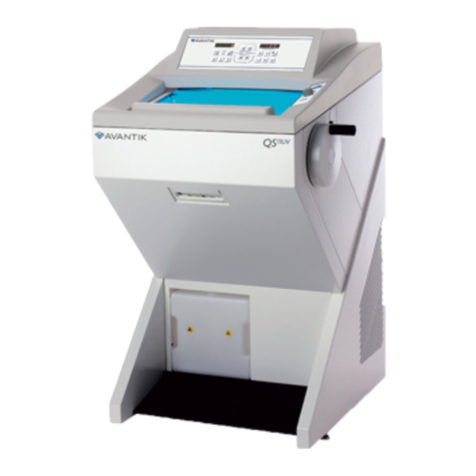
Chapter 1 --- Safety Information
7
Trim and Fine Sectionickness ............................................................................................... ................................ 31
Multi Function Bar..................................................................................................................................................... 32
Trim Button................................................................................................................... ............................................ 32
Trimming................................................................................................................................................................... 32
Time and Date ........................................................................................................................................................... 32
Outstanding Service Message...................................................................................................................................... 32
Handwheel Lock ................................................................................................................ ........................................ 34
Menu .......................................................................................................................... ............................................... 34
Language ...................................................................................................................... .............................................. 35
Time and Date ........................................................................................................................................................... 35
Set the Duration of the UV Cycle:.............................................................................................................................. 38
Chamber Light ........................................................................................................................................................... 39
Standbymode............................................................................................................................................................. 40
Display Lock .............................................................................................................................................................. 40
Defrost ....................................................................................................................................................................... 41
Immediate Defrosting................................................................................................................................................. 41
Programming the Daily Defrost Cycle ........................................................................................................................ 42
Log File ...................................................................................................................................................................... 43
Factory Settings .......................................................................................................................................................... 44
Screen........................................................................................................................ ................................................. 45
Service ....................................................................................................................... ................................................. 45
Heat Extractors............................................................................................................... ............................................ 45
Sectioning Procedures ..................................................................................................................................................... 46
Cutting Movement and Retraction ............................................................................................................................. 46
Trimming and First Cuts....................................................................................................... ..................................... 46
Sectioning and Taking O Sections............................................................................................................................ 47
Hand Wheel Lock ...................................................................................................................................................... 47
Mechanical Handwheel Brake..................................................................................................................................... 47
How to Avoid Malfunctions............................................................................................................................................ 48
5 - Troubleshooting........................................................................................................... .................................................. 49
Troubleshooting Tables .................................................................................................................................................. 49
Tips for Successful Sectioning ......................................................................................................................................... 51
Temperature list for cryo-sectioning............................................................................................................................ 51
6 --- Maintenance and Care of the QS12 .................................................................................................................... 53
Cleaning the Touch Screen Display ................................................................................................................................ 53
Shutting O for Cleaning ............................................................................................................................................... 53
Cleaning and Care .......................................................................................................................................................... 54
Cleaning and care during routine work:...................................................................................................................... 54




























